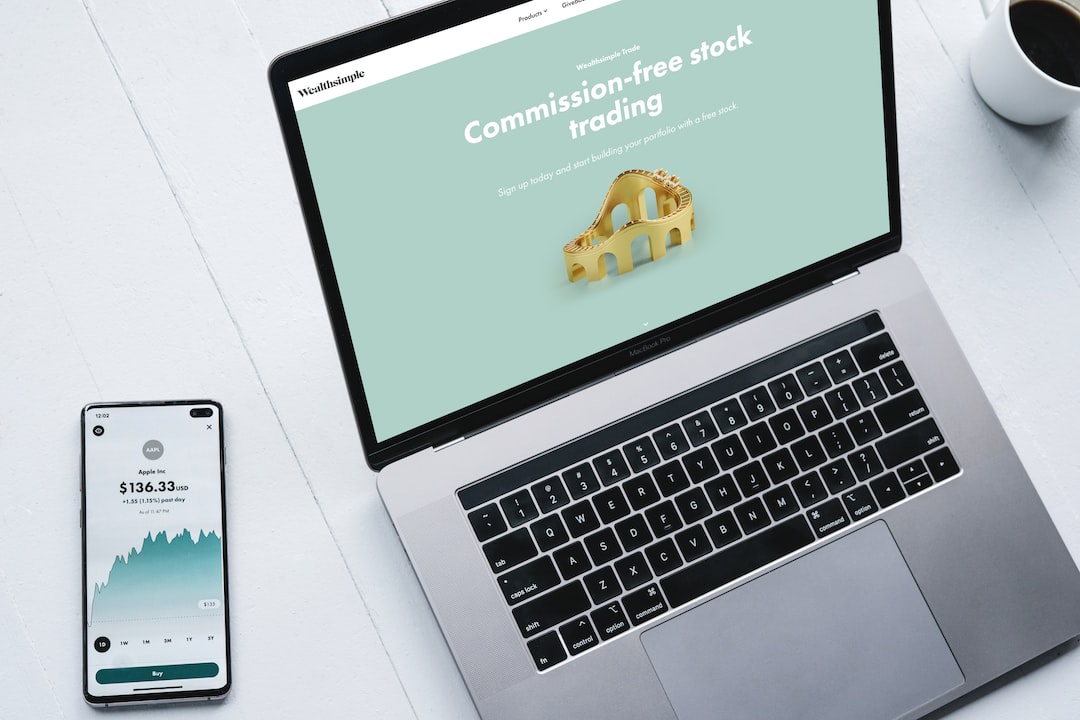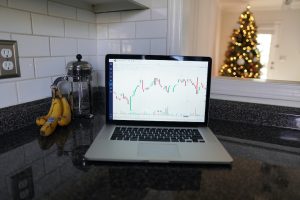Forex trading is a lucrative industry that has been growing exponentially over the years. With the rise of technology and the internet, it is now easier than ever to start your own forex brokerage firm. However, it is not a task that can be taken lightly as it requires a significant amount of effort, resources, and knowledge. In this article, we will explore the steps necessary to create your own forex broker.
1. Define your business model
The first step in creating your own forex broker is to define your business model. This includes deciding on the type of brokerage you want to operate, the markets you will target, and the services you will offer. There are two main types of forex brokerage models: the market maker and the straight through processing (STP) model. Market makers take the opposite side of their clients’ trades while STP brokers pass their clients’ trades directly to liquidity providers.
2. Obtain regulatory approval
The forex industry is heavily regulated, and obtaining regulatory approval is a crucial step in starting your own forex brokerage. The regulatory requirements vary depending on the country you are operating in. In the United States, forex brokers must be registered with the National Futures Association (NFA) and the Commodity Futures Trading Commission (CFTC). In Europe, brokers must be licensed by the European Securities and Markets Authority (ESMA). The regulatory requirements can be complex, and it is recommended that you seek legal advice before proceeding.
3. Set up your infrastructure
Once you have obtained regulatory approval, you can start setting up your infrastructure. This includes acquiring the necessary software, hardware, and personnel. You will need a trading platform that is robust and reliable. There are many trading platforms available in the market, such as MetaTrader 4 and 5, cTrader, and TradingView. You will also need a website with a secure payment gateway to accept deposits and withdrawals from clients.
4. Partner with liquidity providers
As a forex broker, you will need to provide liquidity to your clients. This means you will need to partner with liquidity providers who can offer you access to the interbank market. Liquidity providers can be banks, financial institutions, or other brokers. It is important to choose a reputable and reliable liquidity provider who can offer competitive pricing and fast execution.
5. Develop your risk management policies
Forex trading is a high-risk activity, and it is important to have robust risk management policies in place to protect your clients’ funds and your business. This includes setting stop-loss limits, margin requirements, and leverage ratios. You will also need to have a system in place to monitor your clients’ trading activity and detect any suspicious behavior.
6. Market your brokerage
Once you have set up your infrastructure and developed your risk management policies, you can start marketing your brokerage. This includes creating a brand identity, developing a marketing strategy, and reaching out to potential clients. You can use social media, search engine optimization (SEO), and paid advertising to promote your brokerage.
In conclusion, creating your own forex broker requires a significant amount of effort, resources, and knowledge. You need to define your business model, obtain regulatory approval, set up your infrastructure, partner with liquidity providers, develop your risk management policies, and market your brokerage. It is a complex process, but with the right strategy and execution, it can be a highly rewarding venture.





